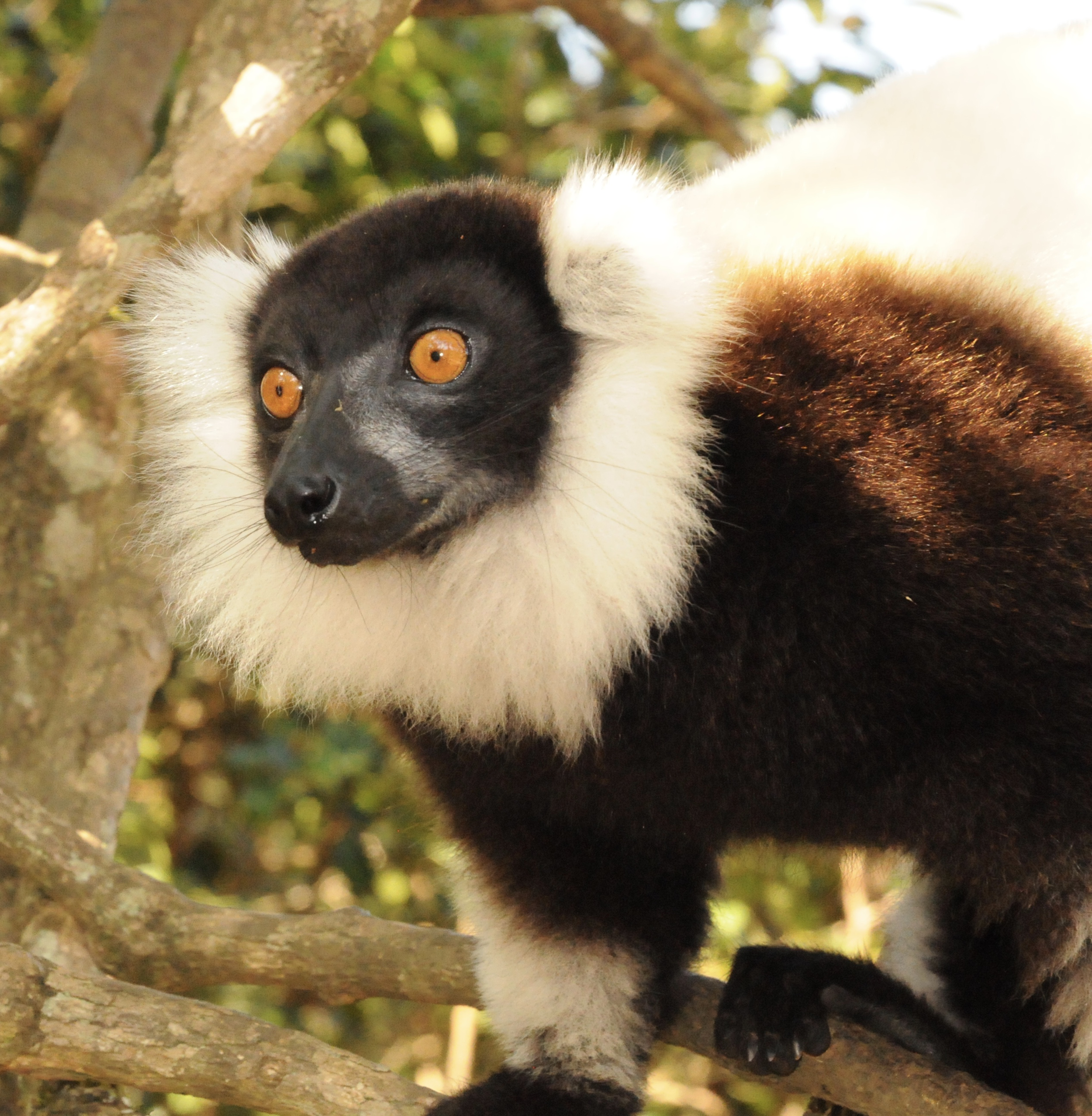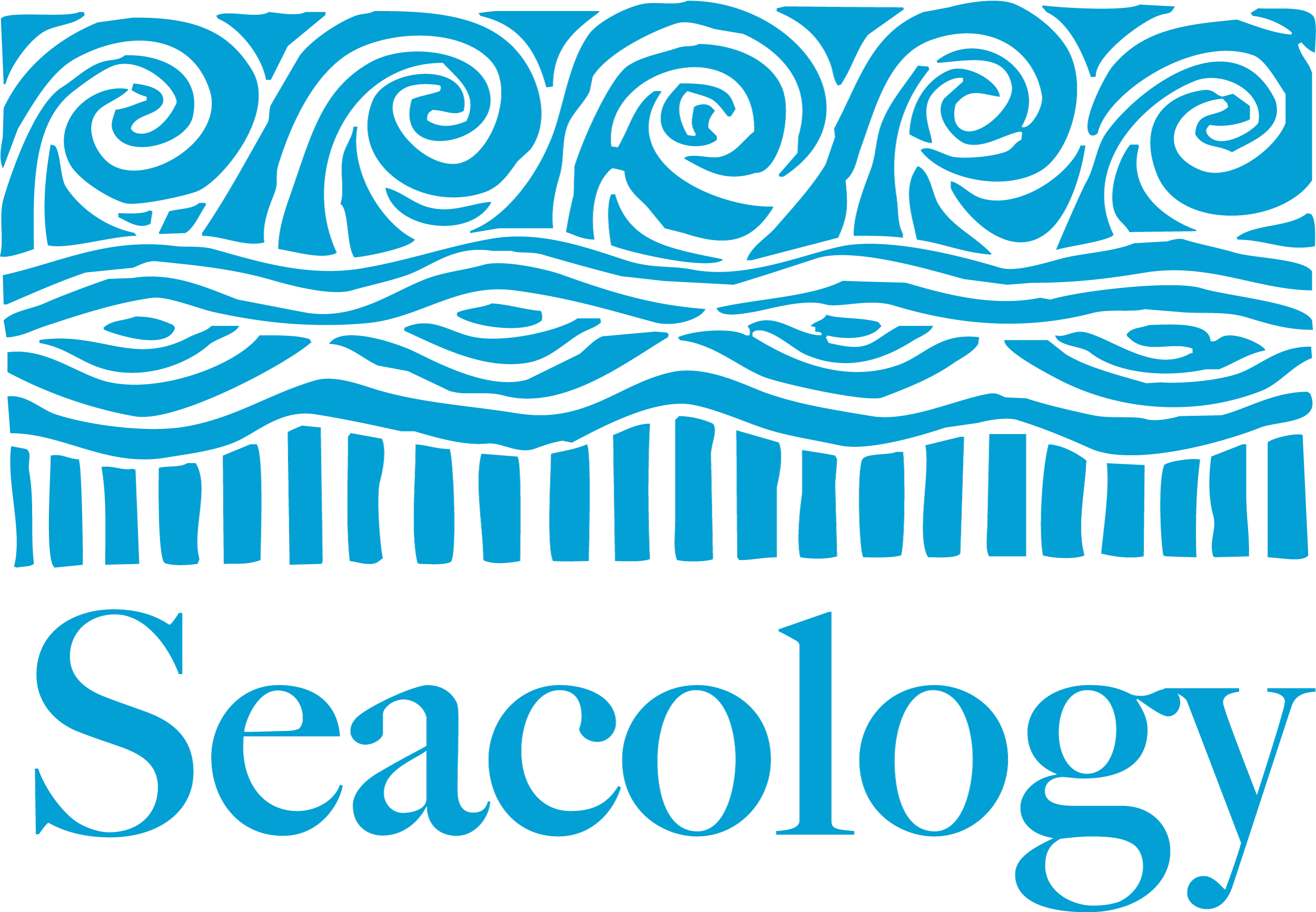Reforestation Corridor
We are in currently in the second season of creating a wildlife corridor connecting two of Madagascar’s most important protected areas: Andasibe-Mantadia National Park and Analamazaotra Special Reserve. These areas are home to various Endangered and Critically Endangered wildlife species, including 12 lemur species. Wildlife populations in the two protected areas are currently not connected due to past (~1960s) deforestation that previously connected these two forests. This is a landscape scale project and hugely collaborative effort between various people and organizations. Please see below for our list of collaborators.
UPDATE: We have planted 30 hectares as of March 2023!
Long-term conservation goals
Replant 1,500 native tree seedlings per hectare across 233 hectares (1.00 ha = 2.47 acres).
Hire ten local community members to prepare land and plant native seedlings and a seedling monitor.
Support a local native seedling nursery.
Create a critical native forest corridor connecting some of the most Endangered wildlife populations on Earth.
Facilitate community-based ecotourism and research projects to provide long-term employment opportunities for local community members.
Long-term research projects
Conduct a lemur population genetics project in the broader CAZ landscape that includes Andasibe-Mantadia and Analamazaotra to determine if seven lemur species can travel across the anthropogenic matrix, primarily abandoned cow pasture, to interbreed with each other or if the forest fragments act as islands in which they cannot disperse from.
Assess biodiversity throughout Andasibe-Mantadia using camera traps and acoustic biodiversity monitoring. We will also set up monitoring equipment in the region between Andasibe-Mantadia and Analamazaotra protected areas.
Collaborators
Dr. Andrea Baden, Hunter College - CUNY; Mr. Kazim Bakar, Ecovision Village; Dr. Christina Bergey, Rutgers University; Dr. Zach Farris, Appalachian State University; Mr. Radoniaina Rafaliarison, Mad Dog Initiative (MDI); Dr. Rindra Rakotoarivony, University of Antananarivo; Dr. Jean-Freddy Ranaivoarisoa, University of Antananarivo; Mr. Jhoanny Rasojivola, TDARFAC/MDI; Ms. Kim Rivera, Urban Wildlife Information Network, Lincoln Park Zoo; Dr. Kim Valenta, University of Florida.
Organizations: Ecovision Village, Mad Dog Initiative, Association Mitsinjo, University of Antananarivo.
PhD students: Caitlynn Filla, University of Florida; Mauricette Rajaobelina, University of Antananarivo; Rolland Pascal Ramaherison, University of Antananarivo.
Project funding sources: LUSH Cosmetics, Seacology, Urban Wildlife Information Network, Lincoln Park Zoo, Re:wild.



Lemur species within this landscape
Aye-aye, Daubentonia madagascariensis (Endangered, Population Declining)
Black and white ruffed lemur, Varecia variegata (Critically Endangered, Population Declining)
Brown lemur, Eulemur fulvus (Vulnerable, Population Declining)
Diademed sifaka, Propithecus diadema (Critically Endangered, Population Declining)
Eastern woolly lemur, Avahi laniger (Vulnerable, Population Declining)
Goodman’s mouse lemur, Microcebus lehilahytsara (Vulnerable, Population Declining)
Gray bamboo lemur, Hapalemur griseus (Vulnerable, Population Declining)
Greater dwarf lemur, Cheirogaleus major (Vulnerable, Declining)
Greater sportive lemur, Lepilemur mustilinus (Vulnerable, Population Declining)
Hairy-eared dwarf lemur, Allocebus trichotis (Endangered, Population Declining)
Indri, Indri indri (Critically Endangered, Population Declining)
Red-bellied lemur, Eulemur rubriventer (Vulnerable, Population Declining)












